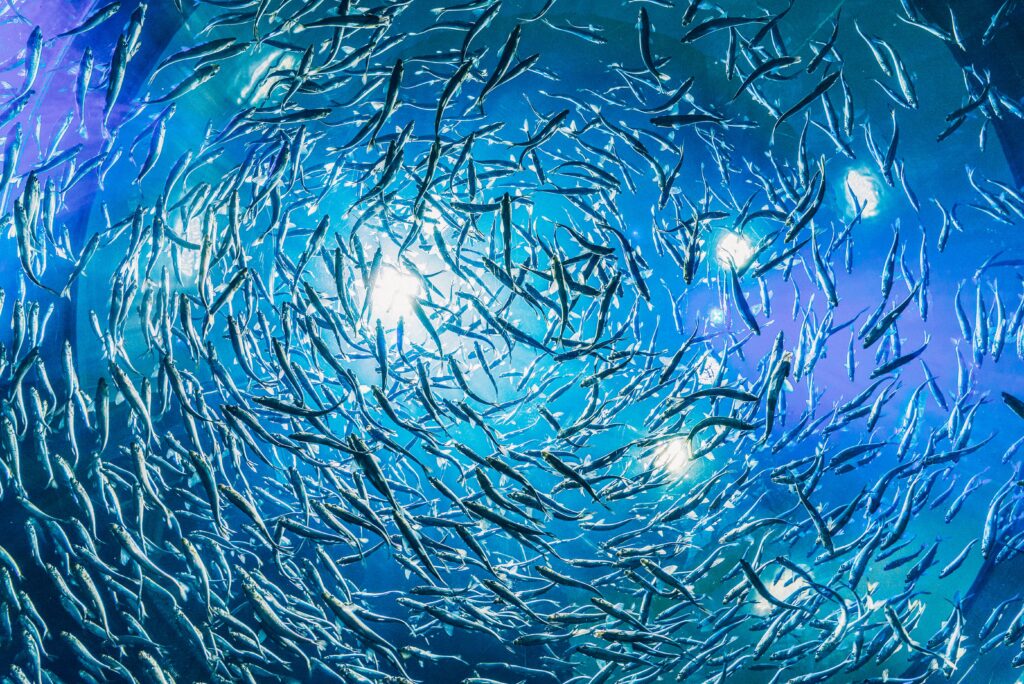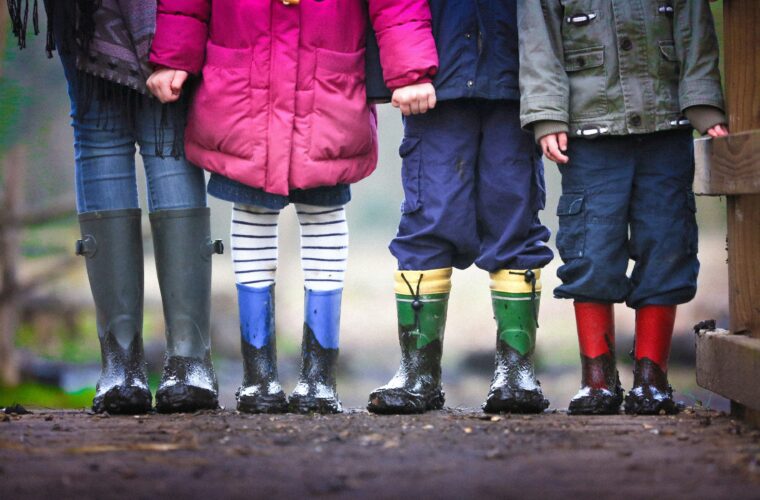Blue Food: According to a recent study, Aquatic food producers worldwide, including some of the largest countries in Asia, Latin America, and Africa, are facing significant vulnerability to human-induced environmental change.
The research, published in Nature Sustainability as part of the Blue Food Assessment (BFA), provides a global analysis of the impact of environmental stressors on the quantity and safety of “blue” foods, encompassing capture fisheries and aquaculture.
90% of our blue food is at risk
The study reveals that over 90% of global blue food production is at substantial risk from environmental change, with several Asian countries and the United States poised to face the most significant threats. A comprehensive assessment of 17 stressors, ranging from algal blooms to sea level rise and pesticide exposure, was conducted to determine the vulnerability rankings of different nations.
Dr Ben Halpern, co-lead author and professor at U.C. Santa Barbara, highlighted the interconnected nature of environmental stressors, stating, “Environmental stressors do not care about national borders. Stressors get moved by air, water, species, and humans, connecting land to sea and ecosystem to ecosystem.” This emphasizes the ever-growing importance of a global approach to understanding and mitigating these threats.
A global and complex problem
The report underscores that vulnerability to environmental change is not confined to specific regions but extends to all continents. Countries such as Norway, China, and the United States, significant blue food producers, face high vulnerability in this respect. Ling Cao, co-lead author and professor at Xiamen University, emphasized the complexity of stressors causing environmental change, stating, “We have only scratched the surface in our understanding of how environmental stressors are connected, and how they can both negatively impact the production and safety of the resulting blue foods.”
Threats to aquatic food production
The study identifies various threats to blue food production, with species invasion, inland eutrophication, algal blooms, ocean warming, and sea level rise posing significant challenges to the United States. Freshwater and marine fisheries in the U.S. are particularly vulnerable. As the largest blue food producer, China faces exposure to inland eutrophication and severe weather events, posing risks to its freshwater aquaculture.
Special attention is also required for countries that face high exposure to environmental change but have limited capacity for adaptation. Among them are Bangladesh, Eswatini, Guatemala, Honduras, and Uganda. It is crucial to develop adaptation and mitigation strategies considering these stressors’ cascading impacts.
Different production systems – different risks
The study distinguishes the vulnerabilities of different production systems. Marine fisheries are generally more susceptible to climate-related stressors, including rising temperatures and acidification. On the other hand, aquaculture is more prone to diseases and hypoxia, characterized by low oxygen levels. This knowledge is essential in developing tailored strategies to address the specific challenges faced by each system.


Essential steps to prevent the worst outcome
To address the urgent need for adaptation, the report recommends increased transboundary collaboration and recognition of the interconnectedness of ecosystems supporting blue food production. Additionally, diversification of production in high-risk countries is advised unless, of course, adequate mitigation and adaptation strategies are implemented.
Stakeholder engagement is critical in understanding, monitoring, and mitigating the pressures on blue food production systems. The study’s authors emphasize the significance of indigenous knowledge, particularly for artisanal and marine fisheries-dependent countries like Small Island Developing States (SIDS), in developing effective policies and strategies.
The research provides an extended dataset that ranks countries based on the exposure of their blue food production systems to environmental stressors. This comprehensive assessment aims to inform future initiatives and policies to ensure the sustainability of aquatic food production worldwide.
The study reveals the alarming vulnerability of global aquatic food producers to human-induced environmental change. There is an urgent need for collaborative efforts, adaptation strategies, and stakeholder engagement to mitigate and address these challenges. Understanding the complex interactions between environmental stressors and developing comprehensive mitigation plans is critical to ensuring the future sustainability of blue food production systems.



